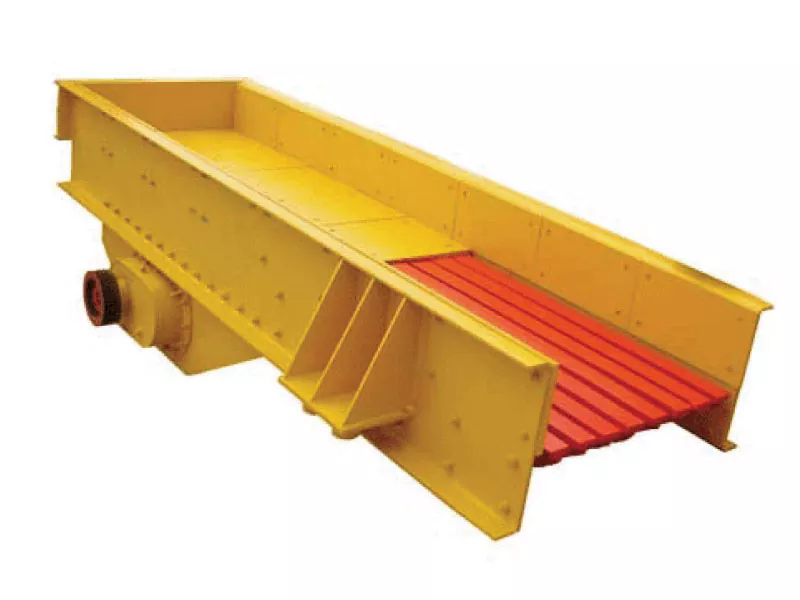How Do Ore Feeders Keep Mining Operations Running Smoothly?
2025-04-27
Mining is a complex and demanding industry where efficiency and precision are crucial for success. Among the many machines working behind the scenes, ore feeders play a vital role in ensuring the continuous flow of materials through the production line. But what exactly makes ore feeders so essential to the mining process?

An ore feeder is designed to regulate the supply of raw materials into crushers, mills, or conveyors at a steady and controlled rate. Without a reliable feeder, material flow would be inconsistent, leading to equipment overloads, bottlenecks, and costly downtime. Ore feeders maintain the delicate balance between too much and too little material, optimizing the efficiency of downstream processing equipment and maximizing production output.
Durability and reliability are key features that set ore feeders apart. Built to withstand harsh mining environments, these machines must handle abrasive, heavy, and sometimes sticky materials without faltering. Whether operating deep underground or in remote open-pit mines, ore feeders are constructed from rugged materials and engineered with robust components to deliver consistent performance under extreme conditions.
Different types of ore feeders, such as apron feeders, grizzly feeders, and vibrating feeders, offer flexibility depending on the specific needs of the mining operation. Vibrating feeders, for instance, are excellent for moving fine ores at precise flow rates, while heavy-duty apron feeders are better suited for handling coarse, heavy rocks. Choosing the right feeder type can greatly enhance productivity and reduce wear and tear on other machinery.
Automation and smart control systems have further revolutionized ore feeders. Modern feeders can adjust their flow rate based on real-time data from sensors, ensuring that changes in material size, moisture, or density do not disrupt the process. This ability to respond instantly to fluctuating conditions helps mining companies maintain high levels of efficiency, reduce waste, and lower operational costs.
Safety is another crucial aspect. By delivering materials consistently and predictably, ore feeders minimize the need for manual intervention in potentially hazardous areas. Properly functioning feeders reduce the risks of material spills, equipment jams, and dangerous overflows, creating a safer working environment for mining personnel.
Ore feeders may not always be the most visible machines on a mining site, but their role is foundational to the entire operation. They are the gatekeepers of material flow, quietly ensuring that production remains steady, equipment stays protected, and mines achieve their output goals day after day. Their reliability, versatility, and technological advancements make ore feeders an indispensable asset in the mining industry.


